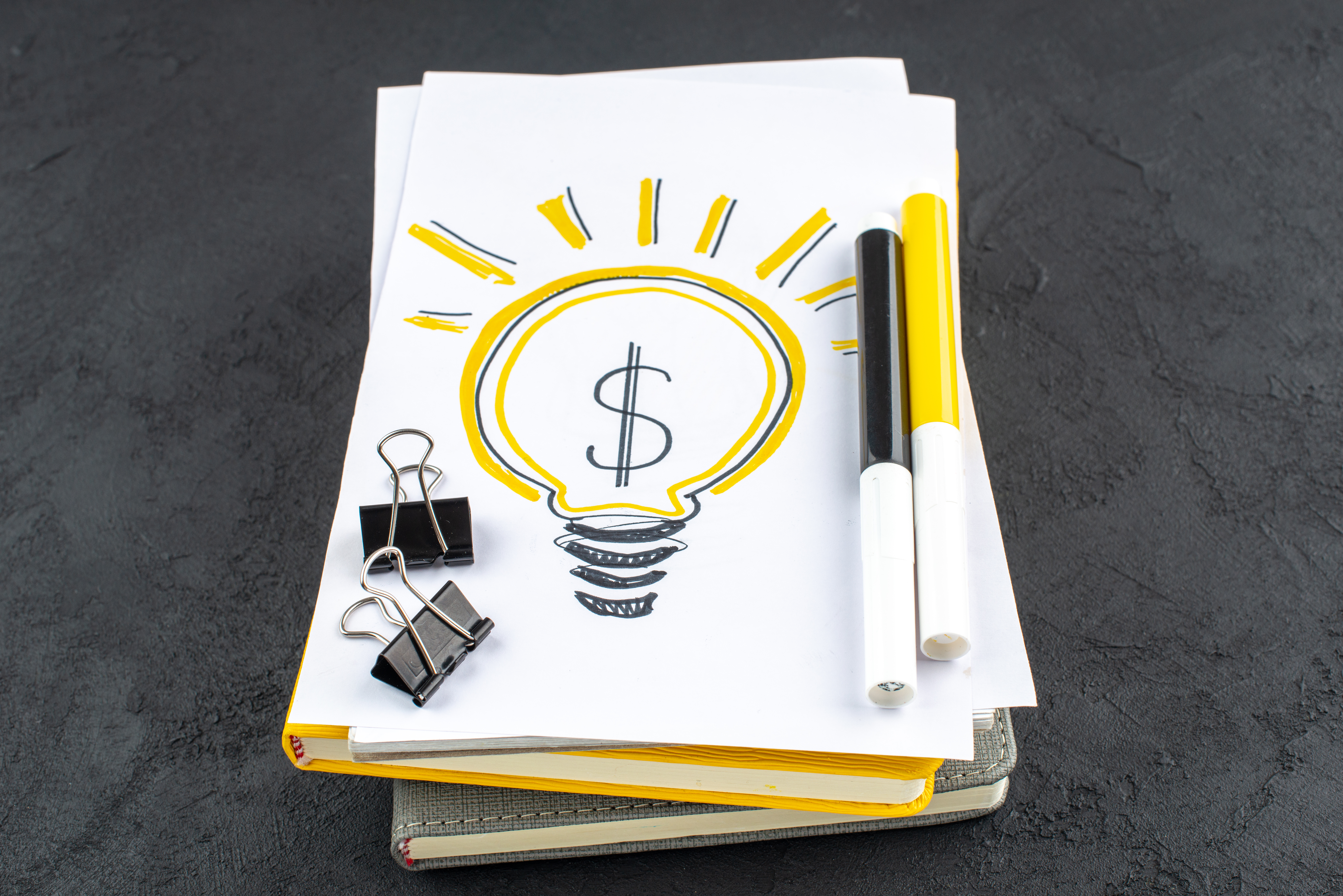Energy Explained: The hidden cost in your electricity bill
It’s not transparent in your bill, so most people wouldn't realise, but behind the scenes, when you get your electricity bill, it's actually got two components to it. One of them is the charge to use the grid – to get the power from wherever it was generated to your home – and then the other compon

Puzzled by your electricity bill? Ty Christopher, Director of the Energy Futures Network at the University of Wollongong, explains how it's a work of two parts.
How is my electricity bill calculated?
It’s not transparent in your bill, so most people wouldn't realise, but behind the scenes, when you get your electricity bill, it's actually got two components to it.
One of them is the charge to use the grid – to get the power from wherever it was generated to your home – and then the other component is for the actual energy you're buying.
Rewiring Australia have done some very good work on this – it's available on their website.
So there's two components to your bill. If we look at your typical, say, on average 35 cents a kilowatt hour charge for electricity, at the moment, around 15 cents of that is the network charges – that’s what you're paying to use the network. And theoretically you're using all of the network assets that are there – everything from the big transmission lines right the way down to the little low-voltage wires in the street – you’re paying to use all of those electricity grid assets to get the energy to your home.
Then you're paying for the actual energy itself as well.
And the two components make up your bill.
Now, the studies that Rewiring Australia have done show that the cheapest energy that you will ever be able to access is from home solar, and even taking into account the cost to buy the solar [system] and all that sort of thing over its life, its total cost in current terms is going to be around 5 cents a kilowatt hour.
So in your bill, at the moment, around 15 cents a kilowatt hour is the network charges and you can generate your energy on your home for 5 cents.
What this means – to give a really colourful example – is even if you could have a big centralised generator, call it a nuclear power station, generating electricity for free – for free! – it would still cost 15 cents to get that free electricity to your home, when you can generate it on your home for 5 cents a kilowatt hour.
This network cost plus the time it will take to implement a nuclear industry are the two reasons why nuclear energy is not the best short to medium term solution for our electricity, and the same applies to any large scale traditional “base load” type of electricity generation. The numbers just don’t add up for any of them. (You can find out more details here.)
So even with a solar system, a big part of people's bills is network fees. Should they disconnect from the grid to cut costs?
Practically, it doesn't make sense for people to disconnect from the grid, because the sun doesn't always shine. And when you look at the amount of home battery storage you would have to have to store solar generated electricity to take into account multiple cloudy days or multiple rainy days or whatever, the economics just don't stack up. Not unless you're in extremely remote areas of the country where a standalone-type power system does make more sense than a massive extension of the grid. That's where the balance tips.
But in an urban environment, I think it's important to remember that reliability is important and being connected to the grid is what gives you that 24/7 reliability.
It’s 15 cents well spent?
Indeed. But what it means is you don't have to be spending that 15 cents for every kilowatt hour that you're using. You only need to be spending it for the convenience factor, for some of the time and for some of the kilowatt hours.
And what you're getting into here is how much the new technology that's out there really shakes the foundations and challenges the foundational understandings of all of the economic and regulatory structures that are out there in the energy grid.
The problem is that the way that the multi-billion dollar companies – the retailers and the network companies – make their money is based on the premise that energy is generated by a small number of historically coal-fired power stations and flows through all of the assets to get to your home – which has now not been the case for 10 years.
And yet these multi-billion dollar businesses have been holding onto the past in how all of this operates and have only, frankly, kicking and screaming been brought to slowly – and as slowly as they could possibly make it – effect change for the benefit of customers.
So ‘should they disconnect from the grid?’ The real answer is: are the ways we are currently using the grid economically sensible – you know, charging people for the use of these assets – making sense anymore, given the technology which is already out there in the form of solar generation?
And the answer is a very clear, very definitive, very resounding 'no'.
The rules, regulations and markets are NOT fit for purpose.

Ty Christopher, Endeavour Energy’s former ‘chief engineer’, is an electrical engineer who brings 37 years of hands-on experience in the power supply industry to his current role as Director of the Energy Futures Network at the University of Wollongong.
Read more Energy Explained articles
- Should you put rooftop solar on your home?
- The case for home and community batteries
- Electricity Regulation – Kicking goals or killing time before the bell?
- The hidden cost in your electricity bill
- Why restructuring the market may save you money
- Why should we 'Electrify Everything' – and why can't Wollongong run on sun?
- How much power can solar actually deliver?





